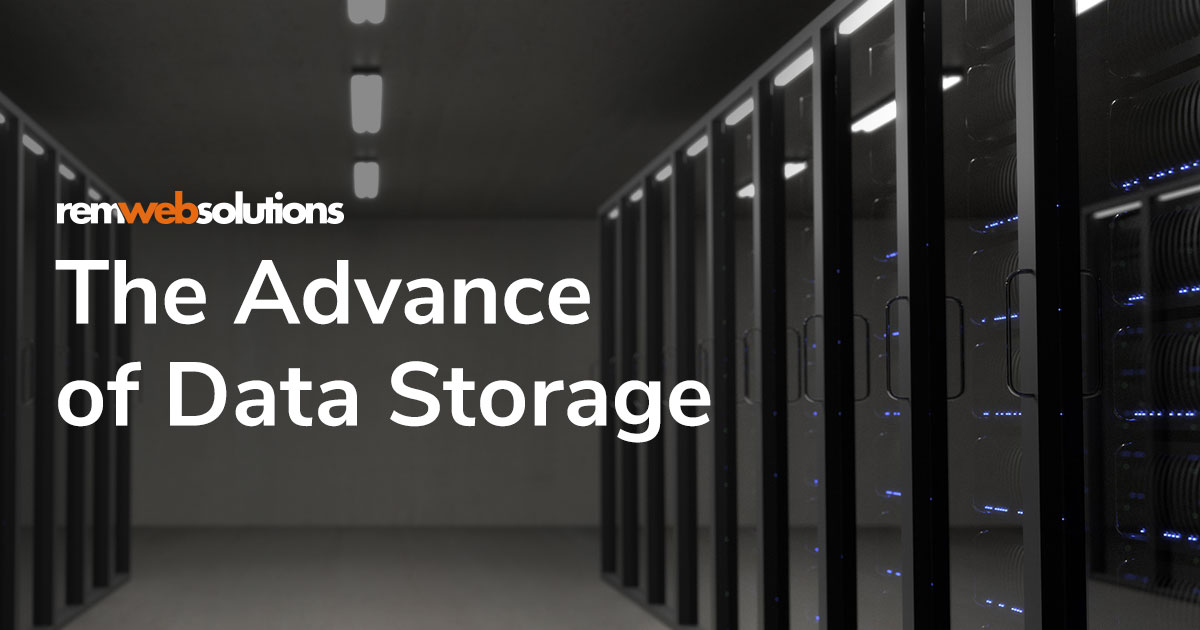
Over the last 10 years or so, we have seen vast improvements in data storage. Whether it be the storage size, speed of data transfer, or even methodology of storage, we have seen worlds of change. It seems like despite this, we do currently work with a mixture of technology from across this period.
At the bottom of the totem pole for hardware is the standard HDD, which is a physical spinning hard disk having a specified RPM, which will limit the speed of data transfer. This is what you might find in computers in the 5-10-year-old range, and can be very slow to load the operating system or other applications. Next you have your SSD or Solid-State Drive, which is worlds faster. This works off of technology similar to flash memory, where there are no moving parts and so data transfer speed is limited to the connection between the motherboard and drive for the most part. You would find this technology in computers 1-4 years old, and it may only take you 5-10 seconds to load your OS after booting instead of the 2-3 minutes you may see with a HDD. Lastly, you may see a new type of drive called NVMe, which is somewhere in the realm of 7 times faster than SSD and connects directly to the motherboard. It uses similar tech to a PCIe slot, and so the data transfer speed is considerably faster (not limited by SATA connection speeds). If you use a computer with one of these, everything is basically instantaneously loaded (The actual transfer rate is something like 3.5GB/s).
Even from a methodology standpoint thing have changed. It is now very common to utilize something called cloud storage, which remotely stores data on servers which can be accessed from the user’s PC or other device at any time. Typically, these servers are controlled by a company and the space is rented out to the user for a small fee. The speed of data transfer in this case is usually limited to the ISP speed being provided to both the user and used by the 3rd party service providing the storage.
As you can see, a lot has changed in the last 10 years - and hopefully we will continue to see new and interesting innovations in this field.
